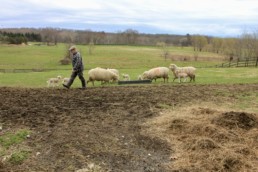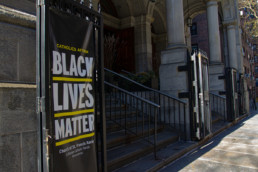How the Synagogue Hostage Crisis Changed the DNA of Colleyville, Texas
As Congregation Beth Israel reopens, interfaith efforts deepen and houses of worship intensify security measures, adapting to “a more violent world.”
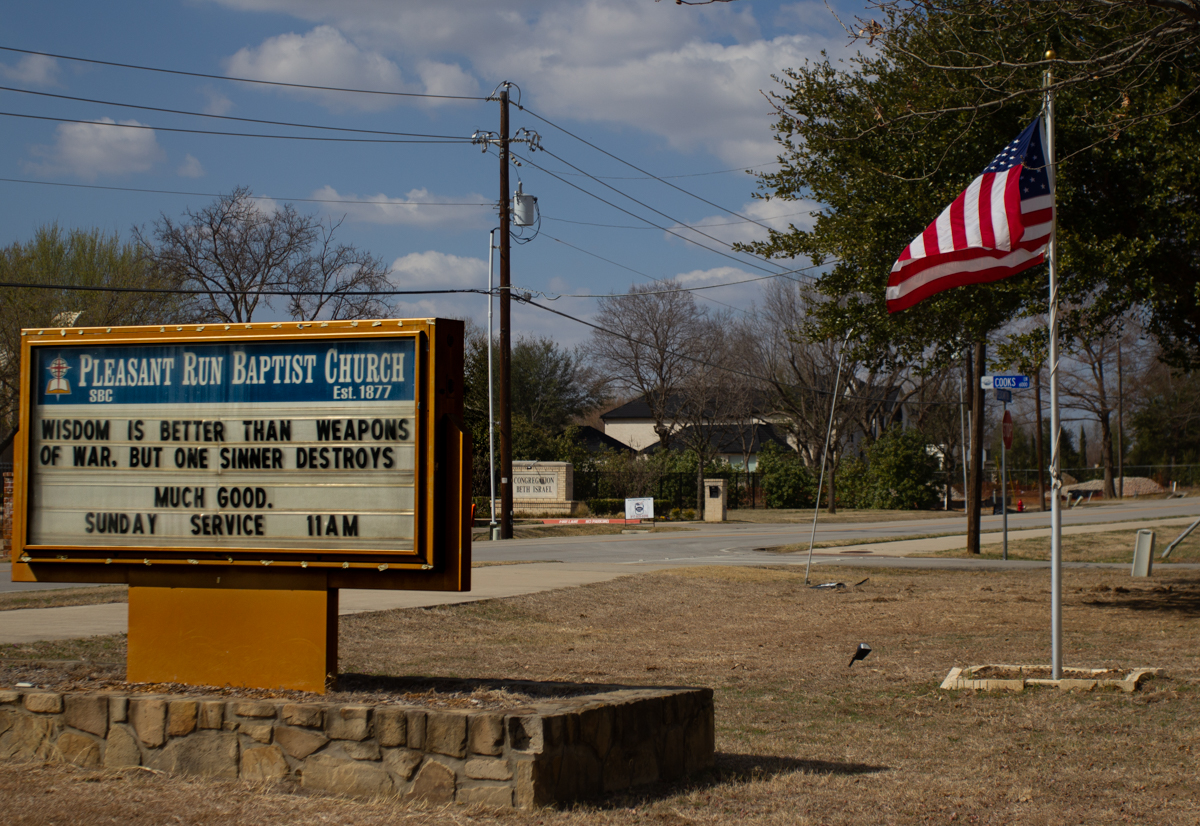
COLLEYVILLE, Texas – On Jan. 15, Colleyville, a small suburb just miles from the Dallas-Fort Worth Airport, was thrust into the national spotlight as a gunman, armed with a pistol, took four people hostage for 11 hours in the Congregation Beth Israel synagogue. All four hostages escaped unharmed before the suspect was shot, authorities said. The FBI labeled the incident as a terrorist act and hate crime.
But this acutely religious North Texas town with 28 houses of worship in its 13 square miles, did not retreat in fear and suspicion. Instead, it reconceived of the terror attack as a beacon of hope. Since the live-streamed standoff, religious leaders in Colleyville mobilized to ensure the safety of their believers and buttress the area’s robust interfaith system.
After nearly three months, the synagogue, which has been closed as a crime scene, is reopened to its 150 members on April 9. Since the incident, the congregation was hosted by the First United Methodist Church of Colleyville, one mile away. Now that it is back in its home, Congregation Beth Israel will have a police presence at every event. For Colleyville’s Jewish believers like Howard Rosenthal, former president of the Beth Israel Congregation, restarting services in the synagogue with reinstalled bulletproof windows feels like “moving forward.”

Interfaith activists in Colleyville, which is overwhelmingly comprised of Christians, said they want to set the record straight, referring to what they call the town’s mischaracterization in national press outlets. The scandals plaguing Dallas-Fort Worth have garnered media attention after the 2021 Capitol insurrection (which involved residents from DFW) and last year’s Critical Race Theory controversies at Colleyville public schools. Despite North Texas stereotypes, 21 religious community groups have been building interfaith bridges for four years under the umbrella of Peace Together, which was founded after racial and religious tensions unleashed at a 2017 “Unite the Right” rally in Charlottesville, N.C.
“We will have a safe, loving and committed community so we can go forward and not focus on the past,” said Rosenthal.
Having lived in DFW for 19 years, Rosenthal leads Peace Together and organized interfaith healing ceremonies after Jan. 15. Rosenthal was teary-eyed while recalling how interfaith leaders rushed in to help during and after the crisis.
As Rabbi Charlie Cytron-Walker of Congregation Beth Israel wrote in The New York Times:
“My congregation and I received an outpouring of love and support from strangers. If we begin with that love of the stranger, but offer it not in response to violence, but encouraged by empathy, we might just change our world.”
Everyone from Muslims to Catholics to Mormons stepped up. The Colleyville Texas Stake of The Church of Jesus Christ of Latter-day Saints, a member of Peace Together, has a deep respect for people who worship in different ways because Mormons have a history of persecution, said Leslie Horn, the Media Specialist at the church. Horn described Jan. 15 as a defining violation for her church. Still, the subsequent press coverage “missed a lot of the good,” she said.

“In Texas, there tends to be this belief that we aren't diverse in thought, people and faiths,” Horn said. “But if you've spent any time living here, you quickly realize that’s not true. If you know anything about interfaith work, you know Colleyville is a leader.”
Horn said she could not fathom the juxtaposition of savagery in a sacred space. Horn, like so many religious observers in Colleyville, found herself in disbelief and kept asking herself, “Why Colleyville?”
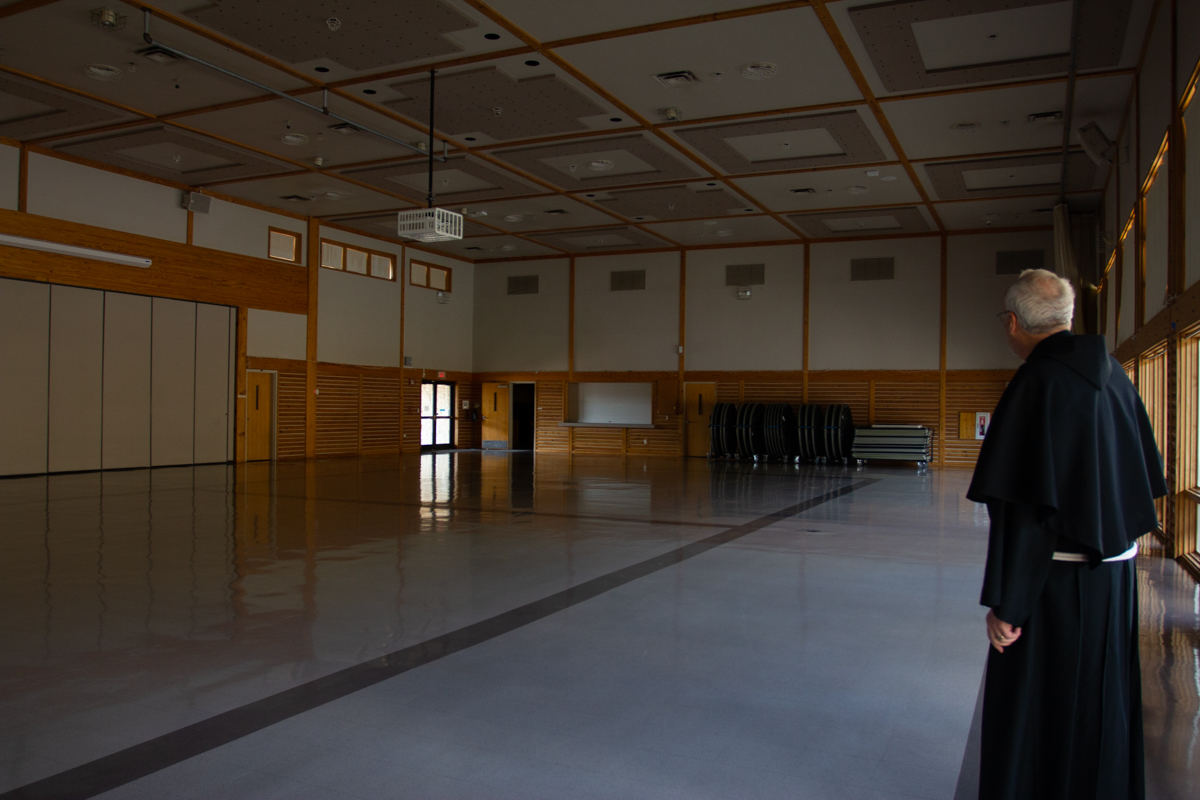
Rev. Michael Higgins, the senior priest at Good Shepherd Colleyville, shared Horn’s shock. Even though the standoff was “hectic and surreal,” Good Shepherd Colleyville jumped into action. For ten hours during the standoff, Higgins’ church, just one block away from the synagogue, hosted the press, the four spouses of the hostages and the local police. After the dust settled, Good Shepherd continues to seriously consider beefing up its security measures, said Higgins. Still, he refused to cancel Sunday services the next day, opting to pray for the town.
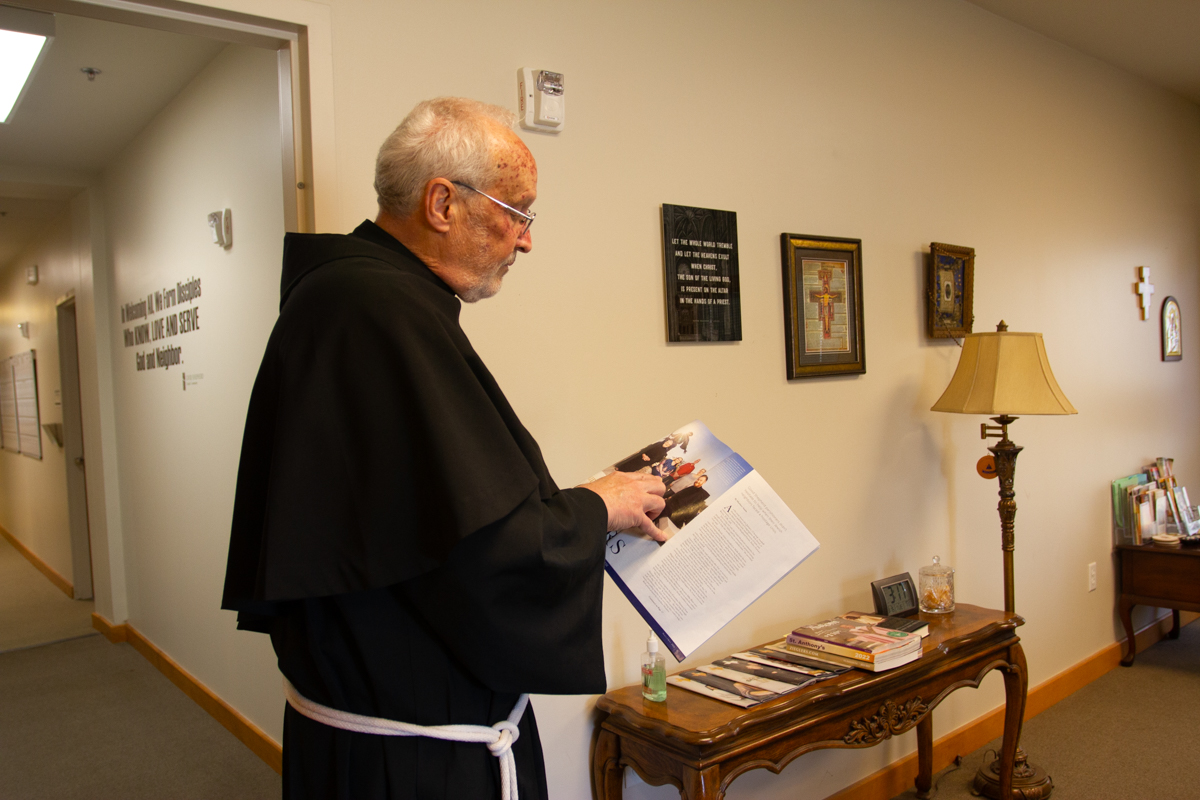
“Despite all the evidence to the contrary, God loves us,” Higgins said.
It is unfortunate that an event like this would be the catalyst for the country to be introduced to Colleyville. But January 15, Higgins said, was an immediate rallying of all faith traditions, which brought to light the reality of the tight community in Colleyville. Higgins has led the interfaith alliance in Colleyville since 2020.
“We were just trying to be of service,” Higgins said. “This shouldn't be special.”
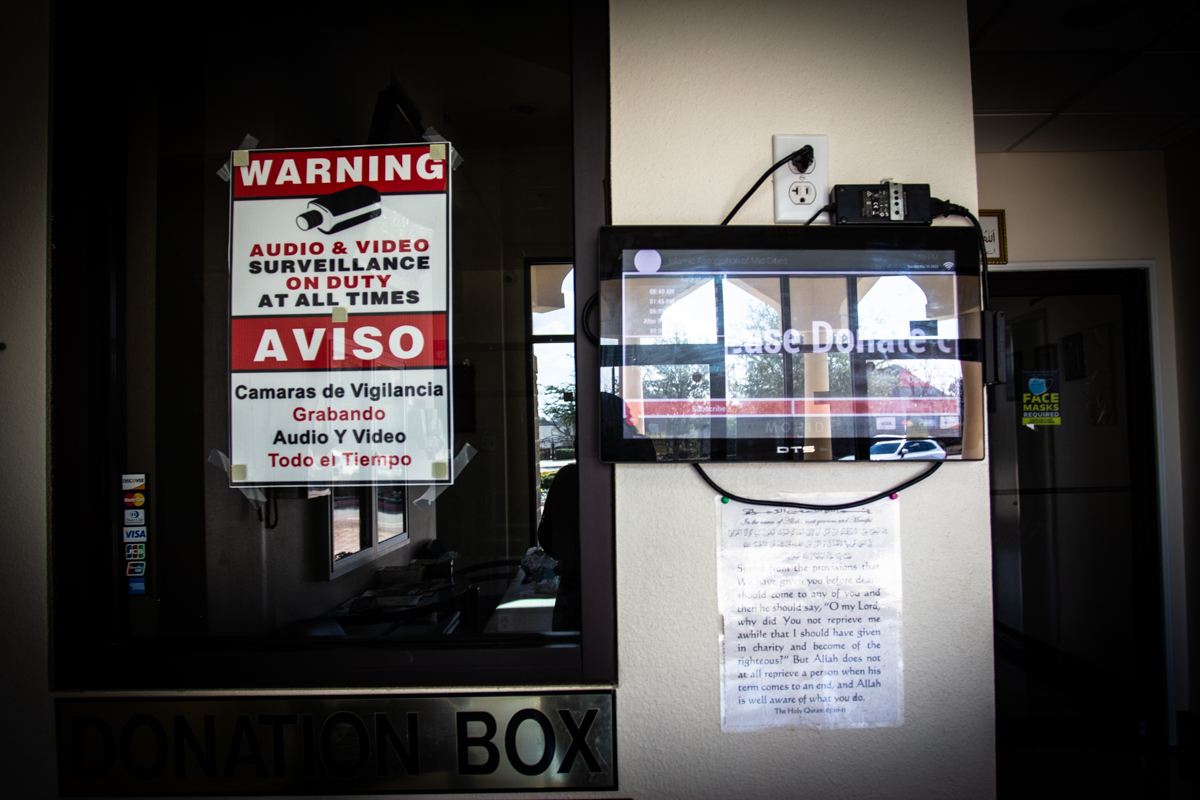
Abdul Rashid Khan, a founding member of Colleyville Masjid, said his house of worship is no stranger to the eerie sensation of looming danger. His gated mosque has had security since Sept. 11, 2001, and reactively increased its surveillance measures since Jan. 15. Khan, a friend to hostage Cytron-Walker and participant in interfaith meetings, said he could easily imagine a similar crime happening in his mosque. To cope and maintain hope, Khan has thrown himself into interfaith work.
“Our prophet Mohammed used to visit other religious spaces so that he could set an example of how his faith should be respected,” Khan said. “We follow that example.”
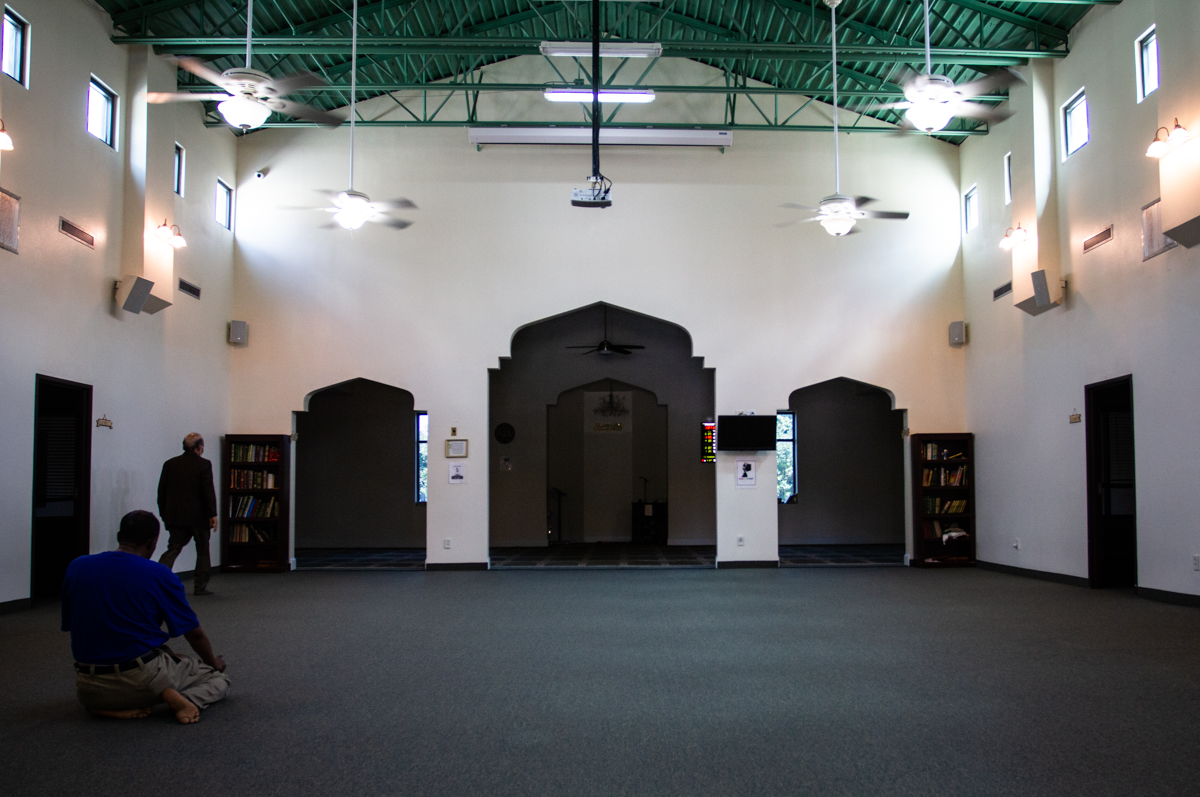
Katie Newkirk, a pastor at First United Methodist Church of Colleyville, reviewed her church’s safety policy after the “defining moment” of Jan. 15, installing new security systems and implementing training sessions for church staff. Still, she said Colleyville’s transformation in the past few months is twinged with optimism as local comradery has outshone religious differences.
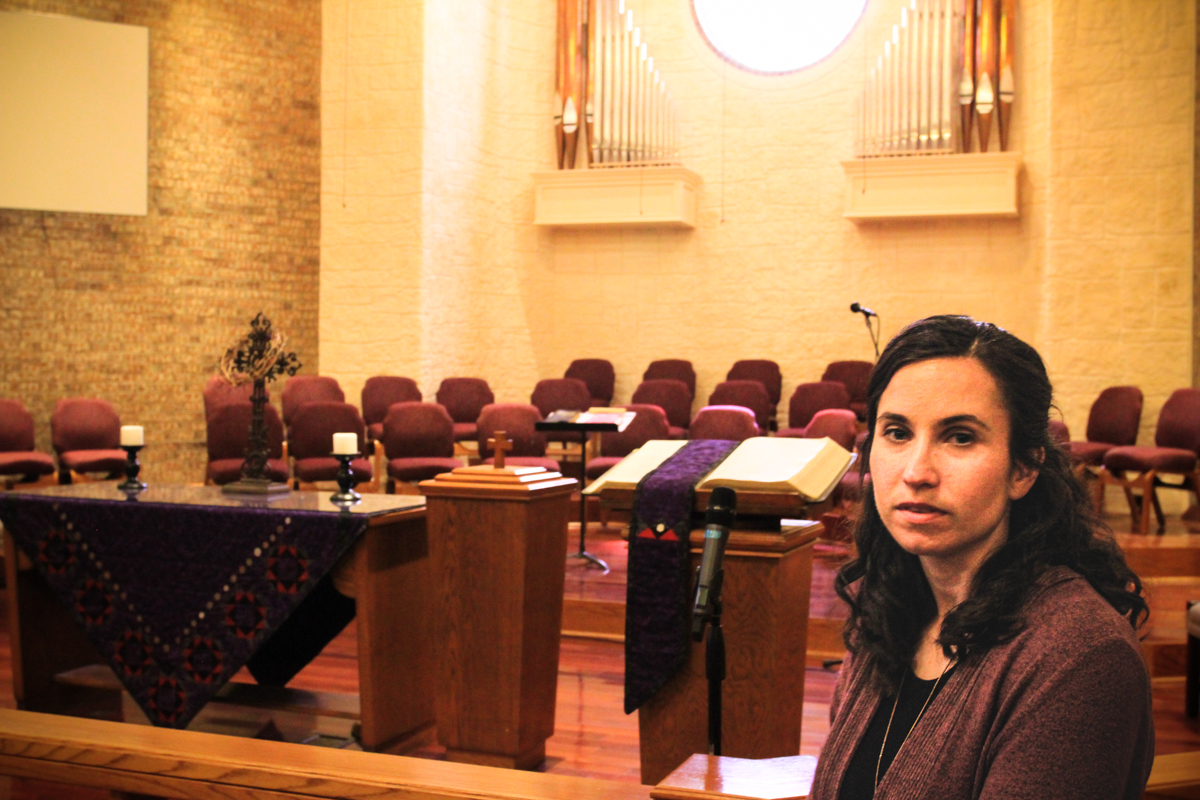
“It’s been a beautiful time to come together,” Newkirk said. “I don’t think God causes bad things to happen, but God brings good outcomes from messed up situations.”

Palm Sunday on a Christian Commune
ULSTER PARK, N.Y. -- Founded in 1920’s Germany, the Bruderhof (translated to “place of brothers”) is an Anabaptist Christian movement. Among other faith principles, the Bruderhof movement emphasizes pacifism, common ownership, adult baptism and evangelism. The Bruderhof has 26 settlements all over the world - 17 of which are in the United States - and all are organized around the customs in a book written and published by members of the community, Foundations of Our Faith and Calling.
On Palm Sunday, our class's reporters spent the holiday among one of the Bruderhof’s larger settlements, listening to their members' stories and seeking to break down barriers and understand this century-old religious crusade.
Scroll through the photos below for a glimpse of the day.
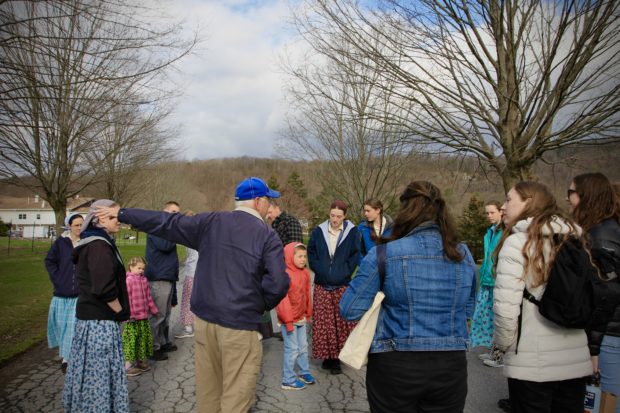

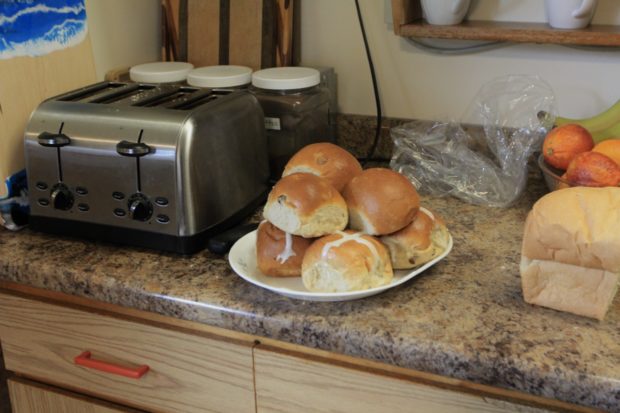
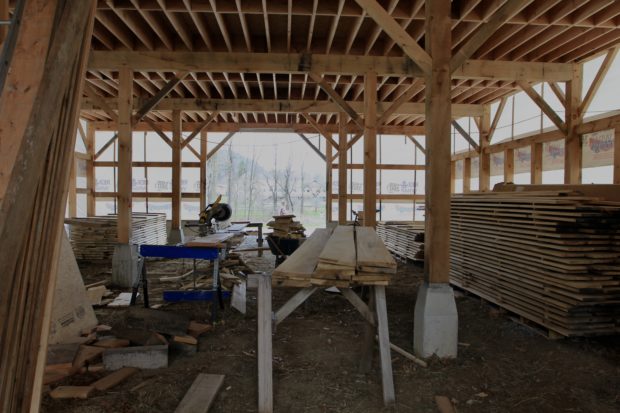
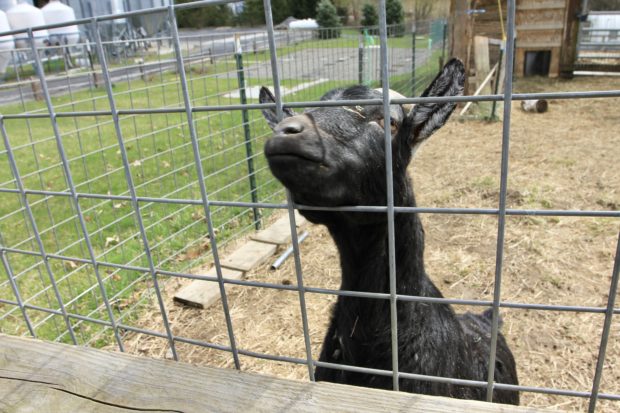
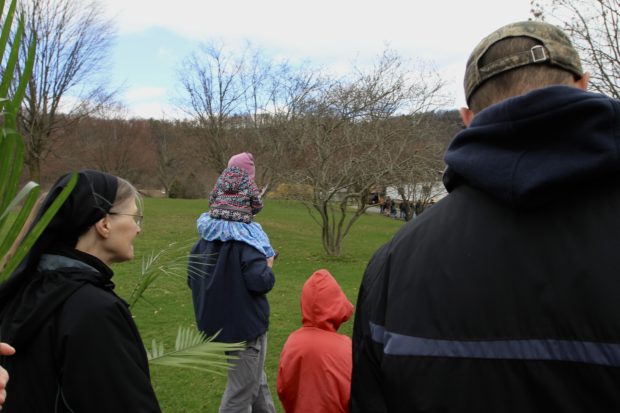

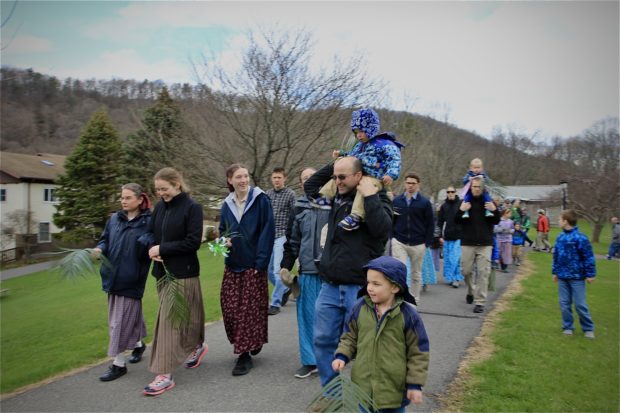
All photos by Riley Farrell, April 22.
Social Justice Meets the Mass
Counting hymnal mentions, the word ‘mercy’ was intoned 37 times during the 9 a.m. service on a recent Sunday at St. Francis Xavier, a Roman Catholic church in the Jesuit tradition, snugly situated in the Flatiron District neighborhood of Manhattan.
The Rev. Kenneth Boller made the concept of mercy progressively applicable throughout the service. After an hour of traditional Catholic liturgy, he led the congregation in a more contemporary affirmation.
“Do you affirm that white privilege is unfair and harmful to those who have it and to those who do not? Do you affirm that white privilege and the culture of white supremacy must be dismantled where it is present? Do you support racial equity justice and liberation for every person? Do you affirm the inherent worth and dignity of every person?"
The congregation of 100 people answered “yes” to each of these questions with enthusiasm. In so doing, the members of St. Francis Xavier have been committing themselves to these social justice principles every week since the affirmation was first introduced on Aug. 30, 2020.
Since then, some conservative commentators have attacked gone on the attack. A few agitated Twitter users have accused Boller of turning his service into “a left-wing political rally.” Videos of the service have gone viral. The conservative entertainment company Blaze Media, which reaches 165 million people every month, published an article calling the statements “revolting.” Trudging past online criticism, Boller’s affirmations prevailed.
Doing no harm is a form of activism, Boller said. Led by the Holy Spirit, Catholics ought to be able to avoid harming all people via radical mercy.
The Church of St. Francis Xavier is unafraid to live in the tension between tradition and progress. Comfortable with anachronism, this house of worship is a place where Boller, the church’s pastor standing at a pulpit built in 1850, will readily grapple with issues like cyberbullying and misinformation on social media. This conflict echoes the tensions within American Catholicism today. The religious are taking sides between loyalty to a centuries-old establishment and dissent. But this Jesuit congregation rejects the binary altogether - in the name of mercy.
In his Sunday sermon, Boller took on everyone from the Biblical David to the contemporary leaders of the Roman Catholic Church.
The scriptural reference in the homily, or the commentary lesson that follows worship, was 1 Samuel 26. In this part of the Bible, David spared his sleeping enemy, Saul, who was the first king of Israel with a militaristic streak. David, who will (spoiler alert) eventually replace Saul as Israel’s leader, justified his merciful choice to not stab his adversary when he said, “Do not destroy Saul, for who can put out his hand against the Lord's anointed people and be guiltless.” David believed God valued some lives more than others; God prioritized the blessed nation of Israel above those of any other descent or station Boller explained.
Boller went on to commend David’s choice to do no harm but criticized David’s reasoning for doing so. Peaceful action without equitable intention is not good enough, the Queens-native pastor argued. The key to not harming others is knowing God loves all people equally, he added, this democratization of access to salvation hinges on living out the Gospel. Do not be like David, Boller said to his audience.
Deliberately not causing harm is a high Catholic standard that extends politically, interpersonally, virtually, physically, racially, emotionally and sexually. At that last point, Boller waved his hands around to referentially gesture the credible claims of abuse plaguing Catholic leadership. Thereafter, Boller brought up the famous creed of bioethics and a variation of the Hippocratic Oath, “First, do no harm,” which Boller said should be applied by the scientific and religious alike. Catholics are not appointed to punish the people who wrong them. Quite the opposite is true, Boller concluded. Much like the medical field, Boller said, the Catholic tradition possesses a life-giving tool of mercy, which should lead worshippers to accomplish good in the world. The Catholic ideals entail turning the other cheek, (Matthew 5:39).
“Differences of power and resources just give some people more responsibility of helping the common good,” Boller said.
For Catholics, Sometimes the Body Is a Prayer
Countless embellishments compete for the visitor’s attention as she steps into the Church of St. Francis Xavier, a Jesuit house of worship in the Flatiron District of Manhattan. The décor is so distracting that she may miss her cue to stand in prayer or kneel in submission.
The early morning sunlight turns blue as it shines through stained glass windows, which have the color-scheme of a peacock. For every detailed oil painting of a saint, there is a corresponding warm glow emitting from lanterns or candles. The building is drenched in ornate, pious eye candy. However, the culmination of the basilica is the sizable, golden Gospel Book, resting on a slanted stand at the front of the church.
Behind the stand is the Rev. Ricardo da Silva, St. Xavier’s associate pastor, who recited the Lord’s Prayer with his arms stretched out and his palms facing the rotundas. This position is the “orans position,” which comes from the Latin word meaning pray. This position during Mass is symbolic of leadership in prayer. It is called for the priest alone during the Our Father prayer, with the elbows close to the sides of the body and with the hands outstretched sideways, palms up. The orans position exemplifies Catholic deference of the church hierarchy and the Church’s belief that the body is a necessary mechanism of communication for the spirit.
As the priest, da Silva is a representative of God, who utilized this body position to invite the Holy Spirit into the Church. The priest’s fingers, facing the heavens, are a privileged symbol of a leader’s power in prayer and praise.
Biblically, this position is a sign of surrender. An example of the orans position is in Exodus 17:11, which stated, “as long as Moses held up his hands, the Israelites were winning, but whenever he lowered his hands, the Amalekites were winning." Completely submitting to God by lifting the hands benefitted Moses, allowing the Hebrew prophet to protect and led his people.
During the prayer, a nearby mother swatted her seven-year-old’s little hands down, which were previously outstretched with palms up, mimicking Father Ricardo. The mother’s scold can be translated to mean that the orans position of prayer is reserved for the office of the priest. Justification for making this position exclusive lies in the Church’s liturgical documents, Instruction On Certain Questions Regarding the Collaboration of the Non-Ordained Faithful in the Sacred Ministry of Priests.
"In eucharistic celebrations, neither may deacons or non-ordained members of the faithful use gestures or actions which are proper to the same priest celebrant,” stated the Vatican in 1997. “It is a grave abuse for any member of the non-ordained faithful to ‘quasi preside’ at the Mass while leaving only that minimal participation to the priest which is necessary to secure validity.”
The child’s confusion was understandable. Not following the priest’s moves is an exception to customs. A general rule of thumb for an unconfirmed or unfamiliar person at a mass service is to imitate the posture of those around her. When others stand to pray, she rises to her feet. Standing in Catholicism is considered the appropriate position for prayer and is also a way to show awe to Jesus, who is represented by the priest during Mass. When the celebrant instructs the laity to sit, she takes the weight off her feet. When the laity kneels, she shifts to her knees. When worshippers genuflect, they submit to their Heavenly Father. The priest is a representative of Jesus, he leads the congregation to do gestures and rituals that are part of the Catholic Mass Order.
With all of that moving around, the role of the corporal body in the church’s body was paramount. But changing postures was not simply posturing. The physical positions symbolized believers’ spiritual pleadings - all in unison. The worshippers did so (or, in the case of the orans position, did not do so), to respect the church hierarchy, and in turn, God.
Even in the progressive doctrines of St. Francis Xavier, which is an inclusive church that regularly advocates for racial justice and LGBTQIA rights, da Silva still found use for principles of posture and ritual.
“A new perspective can reveal the sanctity of tradition,” he said.


